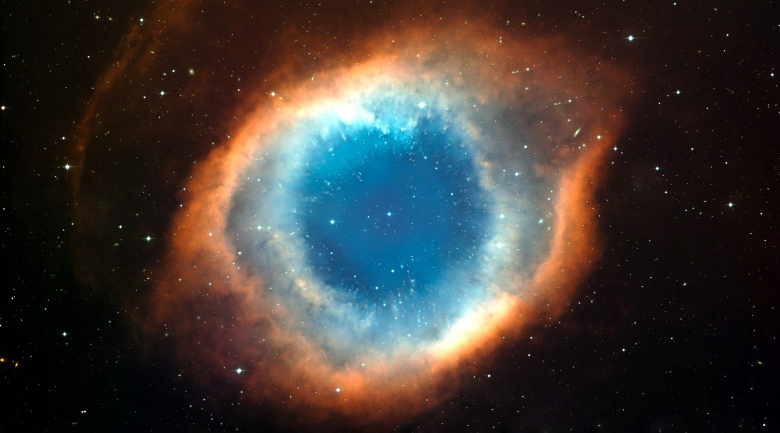
It’s been a busy year in space. In a mixture of triumph and tragedy, space exploration reached new horizons, tested new technologies, and pushed the limits of the possible in 2014. So as the old year draws to close, Gizmag looks back on some of the space highlights of the past twelve months.
Landing on a comet
It used to be said that getting to the Moon was like hitting a bullet with a bullet, but in August the European Space Agency shot a bullet at another bullet by making it skitter around several pieces of furniture and then end up orbiting the target bullet. That’s essentially what happened when ESA’s Rosetta probe went into orbit around comet 67P/Churyumov–Gerasimenko, the first spacecraft ever to have achieved such a feat.
Orion lifts off
NASA sent its Orion spacecraft on its first mission, EFT-1. On December 5, Orion lifted off from Space Launch Complex 37 at Cape Canaveral Air Force Station atop a United Launch Alliance Delta IV Heavy booster on a four-and-a-half-hour flight. The capsule and its dummy service module flew on a two-orbit trajectory that took it farther than any man-rated craft since the Apollo 17 mission in 1972.
SpaceX powers down
Not to be outdone by the government space agencies, SpaceX made a notable first of its own as it executed the first powered landing of a booster rocket during an actual mission flight. Last April, the CRS-3 mission to the International Space Station (ISS) lifted off from Cape Canaveral. Normally, the liquid-fueled Falcon 9 booster that launched the Dragon supply ship would have been left to unceremoniously crash into the Atlantic after doing its job, but Elon Musk’s ambition is to eventually develop a completely reusable spacecraft and launch system.
Mars Orbiter Mission reaches Mars
The exclusive interplanetary spacefarer’s club got a new member in 2014 as India’s Mars Orbiter Mission (MOM) went into orbit around the Red Planet in September. A technology demonstrator mission, it was remarkable because India doesn’t actually have any launchers capable of sending a spacecraft to Mars. Instead, the Indian Space Research Organisation (ISRO) used a complex series of orbital maneuvers around the Earth to build up enough speed to send it on an interplanetary trajectory.
New Horizons wakes up
Going really far afield, another space mission is approaching the first-ever visit to the last unexplored planet in the Solar System, at least, it was still a planet when the spacecraft left Earth in 2006. Pluto may now be officially a dwarf planet, but it’s likely to be treasure trove of information for the Kuiper Belt when the New Horizons probe visits it next July.
Disaster
There were disasters to remind us that space, and getting to it, is dangerous as well. On October 28, an Antares rocket built by Orbital Sciences set to send a Cygnus cargo ship to the ISS exploded on liftoff. Though the exact cause is still to be officially determined, it appears to be the Russian-built engines that were at fault. Then, three days later, Virgin Galactic’s SpaceShipTwo was on a supersonic test flight when the wing booms prematurely deployed and the resulting stresses tore the spacecraft to bits, killing the co-pilot and sending the pilot to hospital.
3D printing lifts off
A box that can create spare parts to order instead of sending them up by rocket has obvious appeal to space agencies, so it isn’t surprising that the ISS got its first 3D printer this year, which churned out its first object. ESA was so impressed that it’s looking into printing out whole moonbases.
